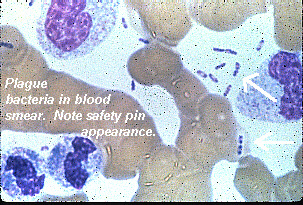Teenager In China Fourth Case of Bird Flu This Month
 Tuesday, January 20, 2009 at 5:00AM | |
Tuesday, January 20, 2009 at 5:00AM | |  Email Article
Email Article A 16-year-old boy in Hunan province is the fourth confirmed case of H5N1 (Avian Flu) to be confirmed in China since the beginning of 2009. Two of the cases were fatal.
A flu expert at China's National Center for Disease Control and Prevention, Shu Yuelong, said new infections were likely because the H5N1 virus is more active in lower temperatures, and he stated that "With the Lunar New Year approaching, the volume of trade of live poultry is growing, and the risk of the emergence and spread of an epidemic is increasing."
While the disease remains hard for humans to catch — with most cases linked to contact with infected birds — scientists have warned that if outbreaks among poultry are not controlled, the virus may mutate into a form more easily passed between people.
Human-to-human transmission of bird flu has happened about a dozen times in the past, in countries including China, Cambodia, Thailand, Vietnam, and Turkey. In nearly every case, transmission has occurred among blood relatives who have been in close contact, and the virus has not spread into the wider community.
Of the 34 cases confirmed to date in China, 22 have been fatal.








